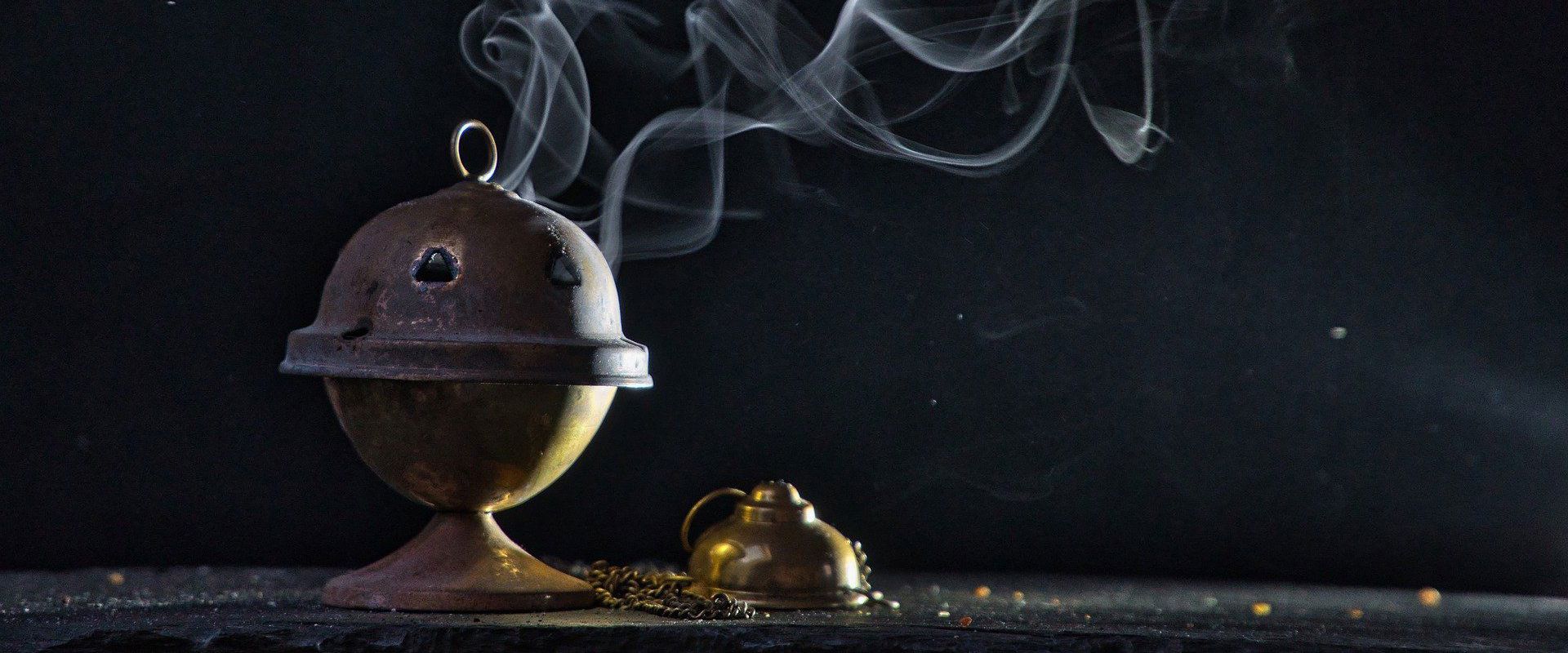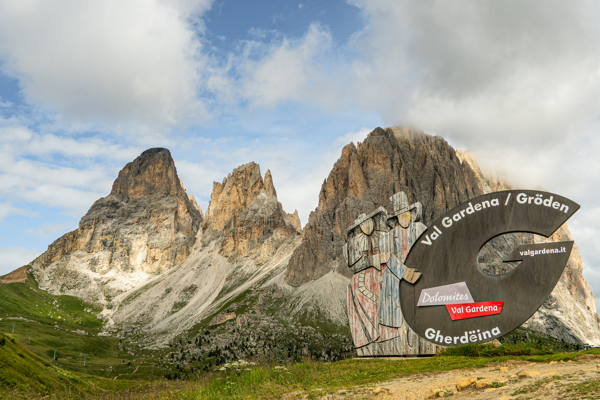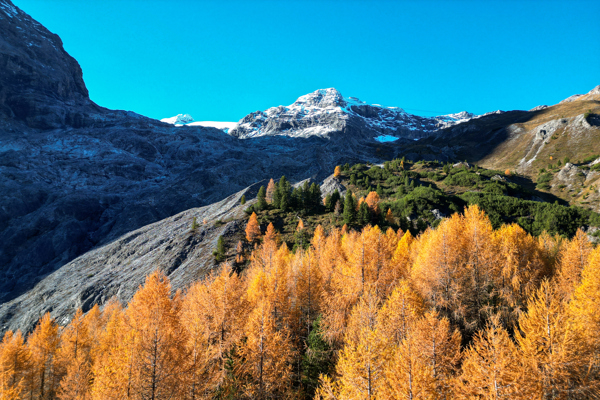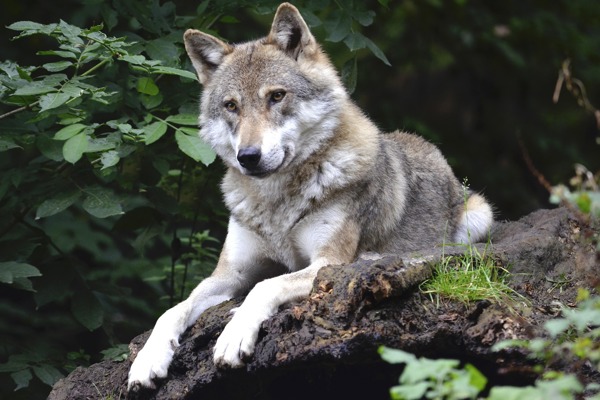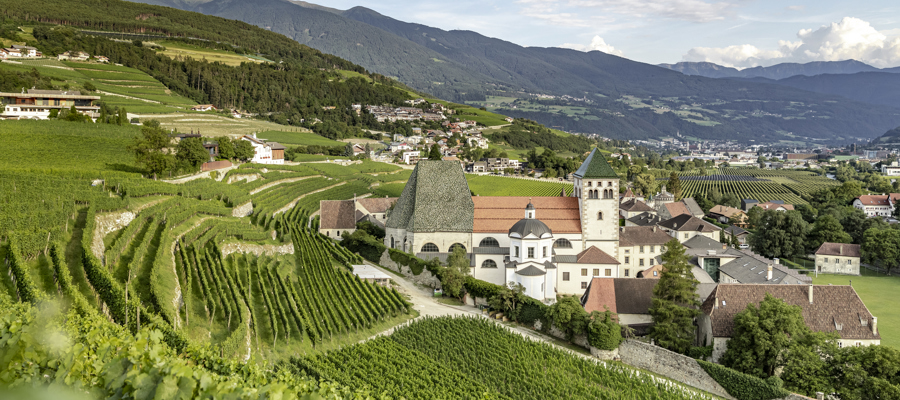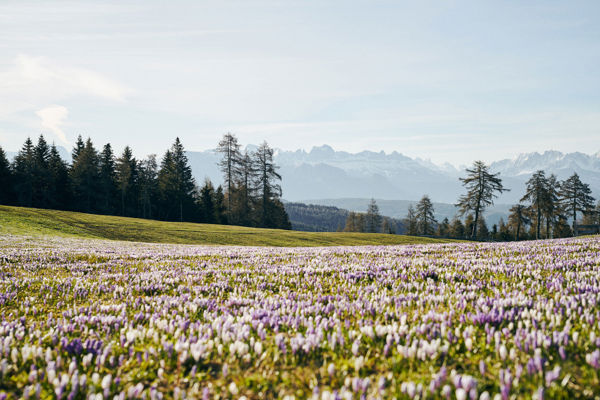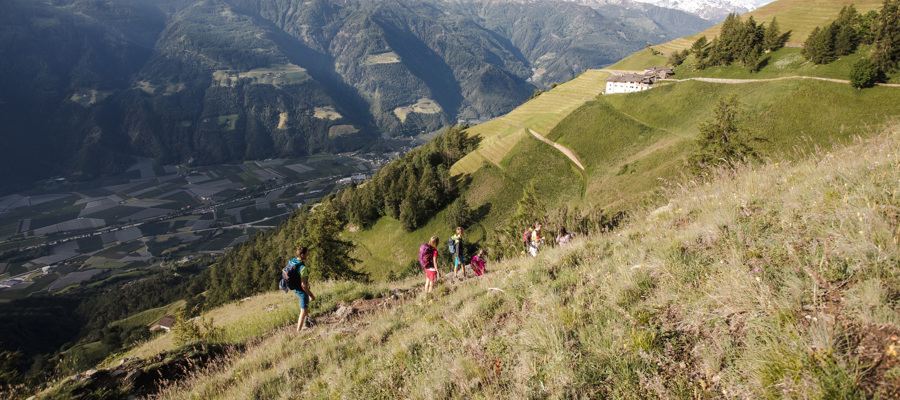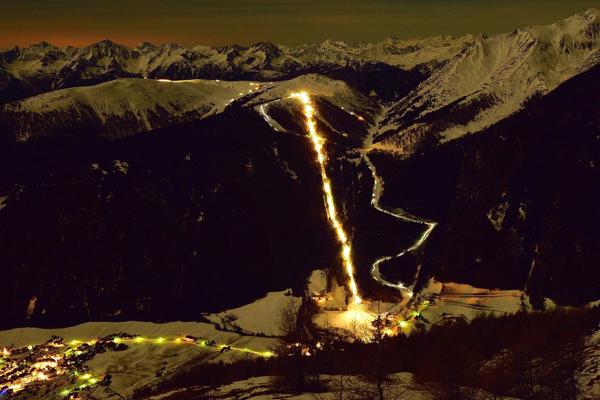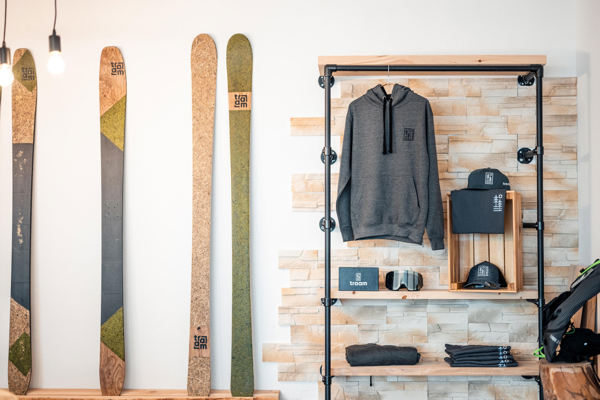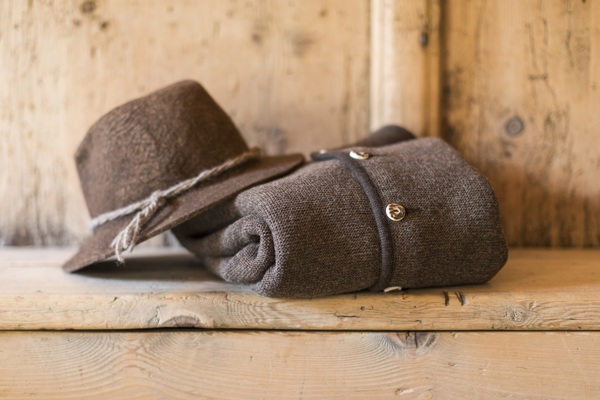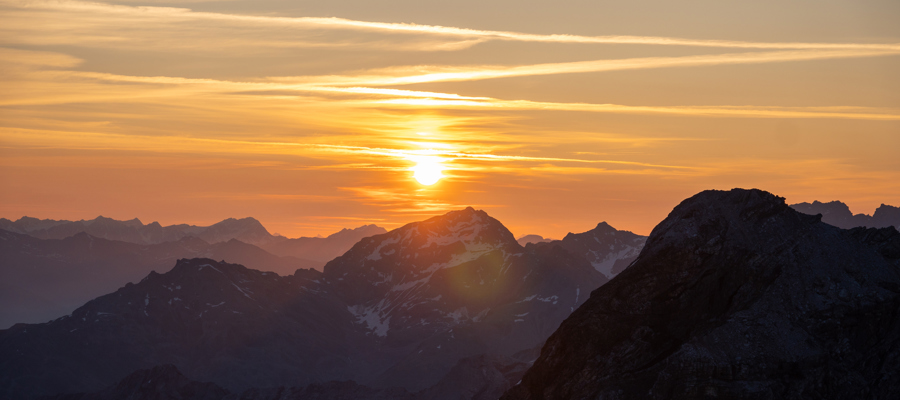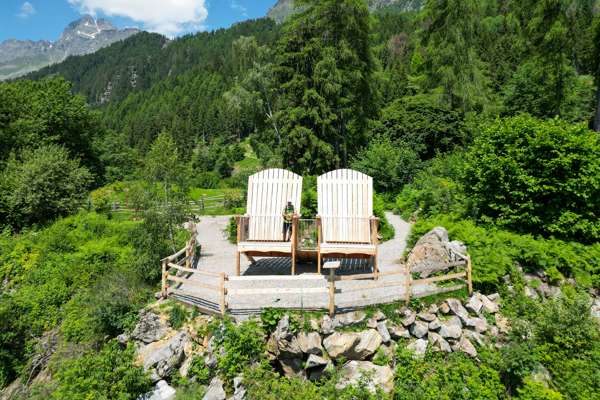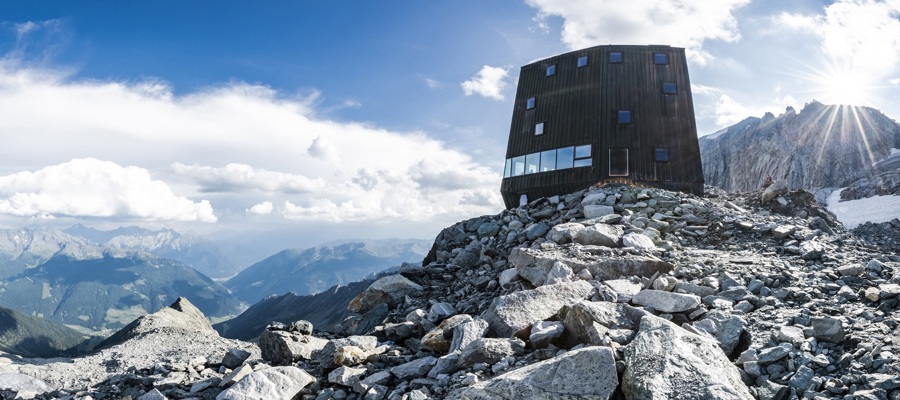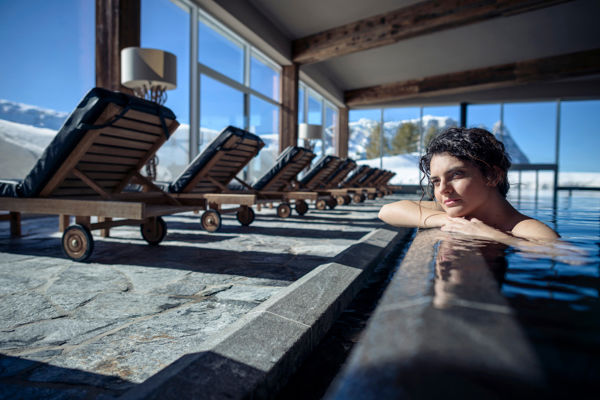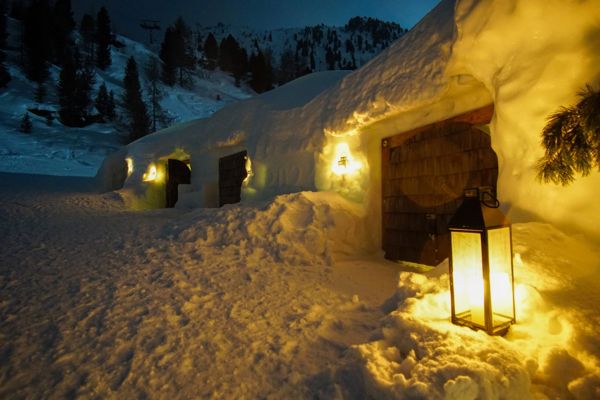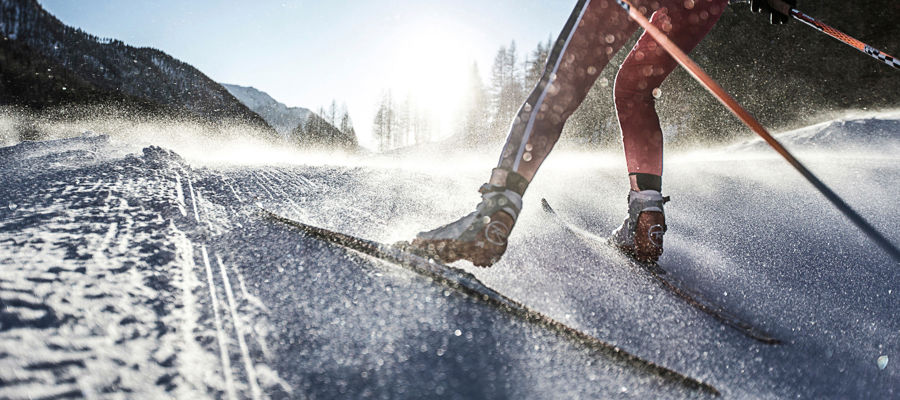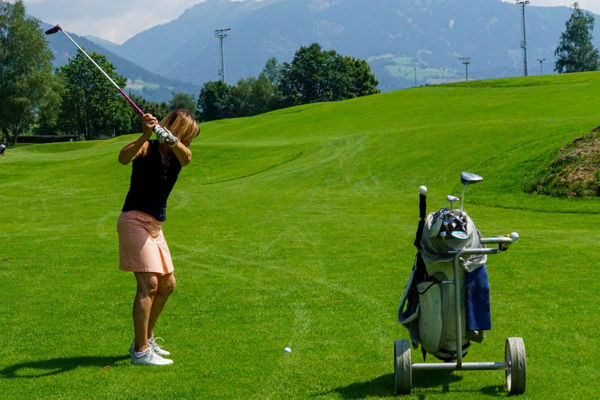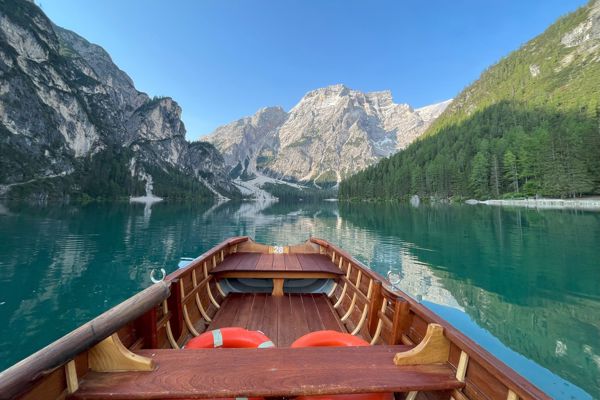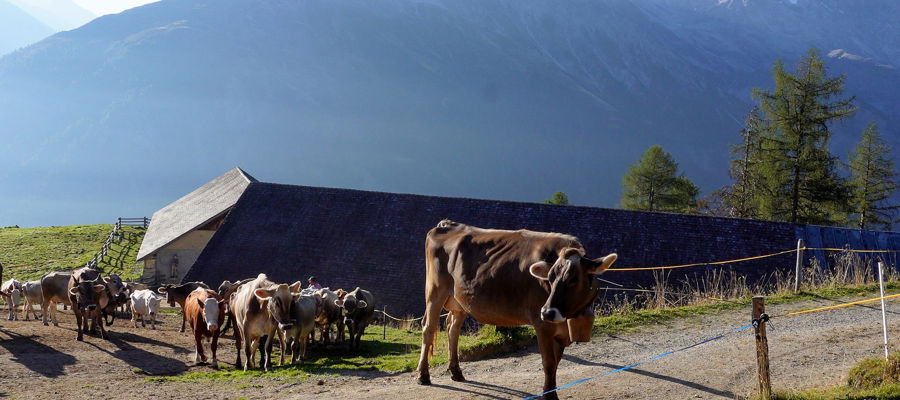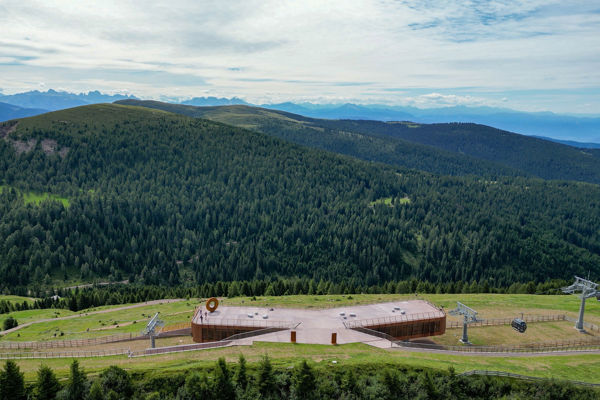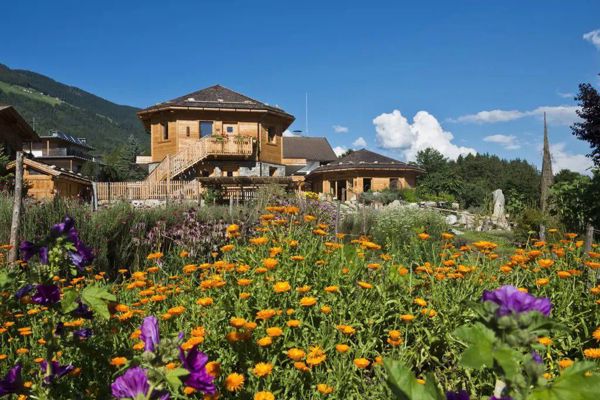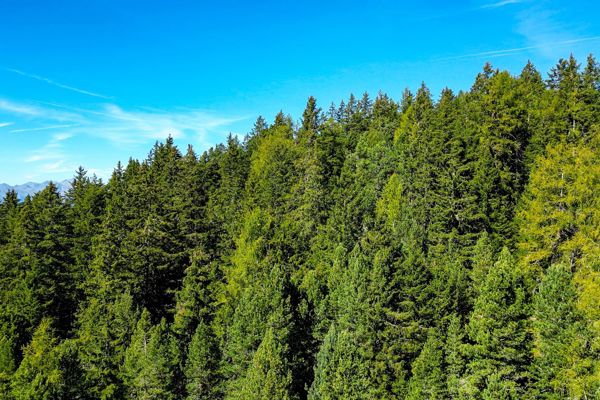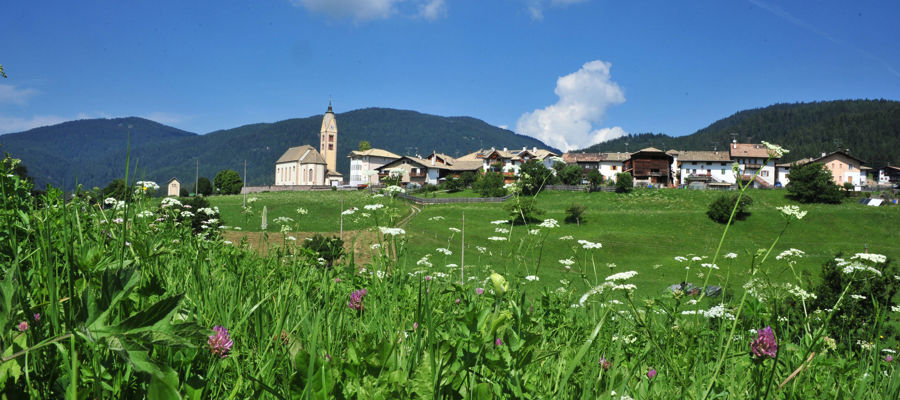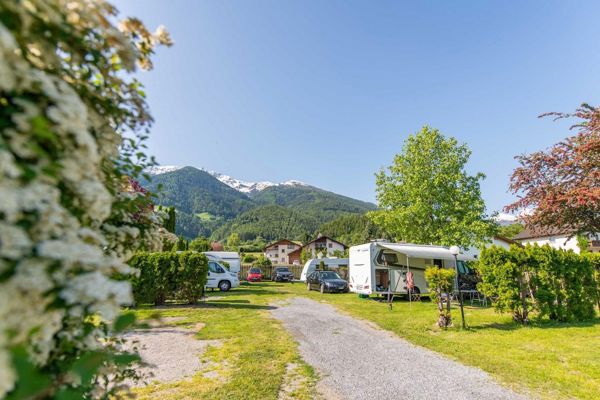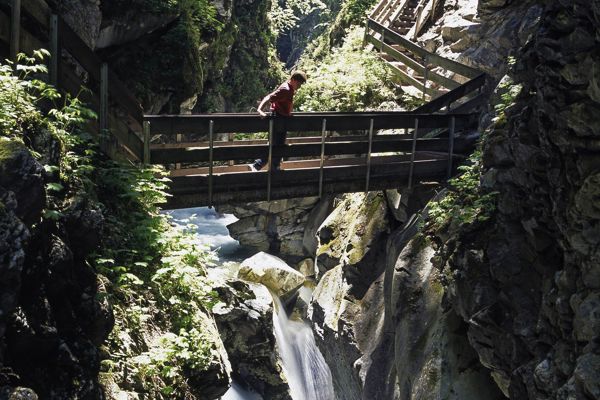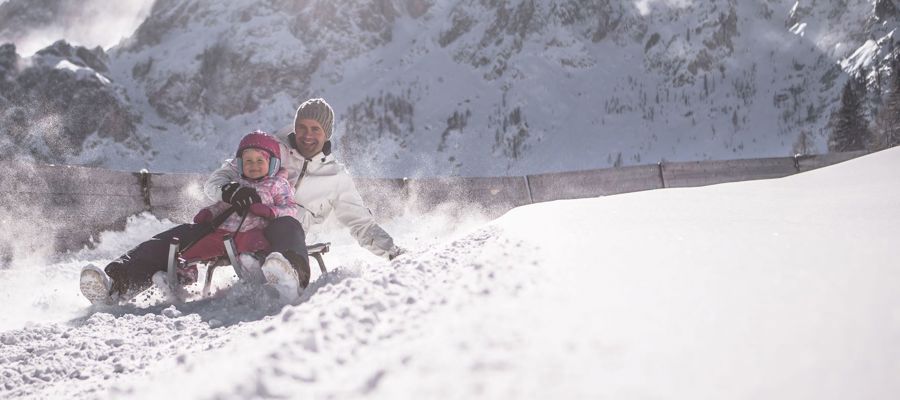Reflecting on traditional Christmas customs
There are many traditions in South Tyrol that enrich the Advent and Christmas season. These customs have been practised for decades and often even centuries: from the Krampus run to carol singing, from bell ringing in the Sarntal valley to New Year's cries in the Ahrntal valley. In addition to these customs with singing or noise, there are also 2 beautiful contemplative traditions, which we will introduce to you in more detail in a moment.
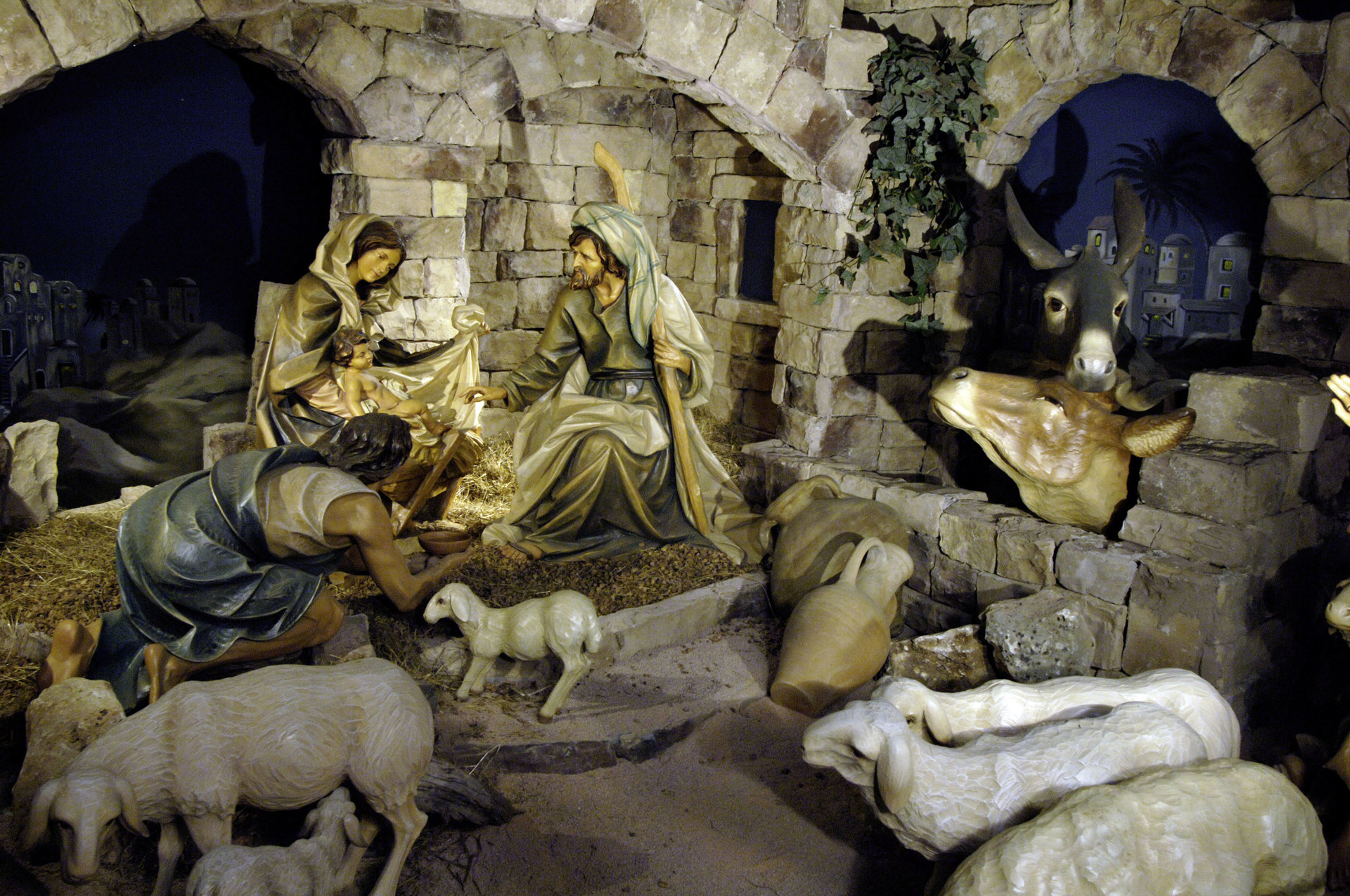
The guided tour through the museum is lead by the visionary Paul Gartner, assisted by the artistic supporter, the musician, composer, text writer and guide Hubert Leimegger.
Krippenmuseum MaranathaAre you already looking forward to lighting the candles on the Advent wreath and decorating the Christmas tree is one of your favourite Christmas rituals?
Then perhaps burning incense during the Rough or Smoke Nights, in German called "Raunächte" and setting up the nativity scene would also be something for you.
These two customs are still practised by many South Tyrolean families in the period between the 1st Sunday in Advent and Epiphany and give Christmas a very special magic.
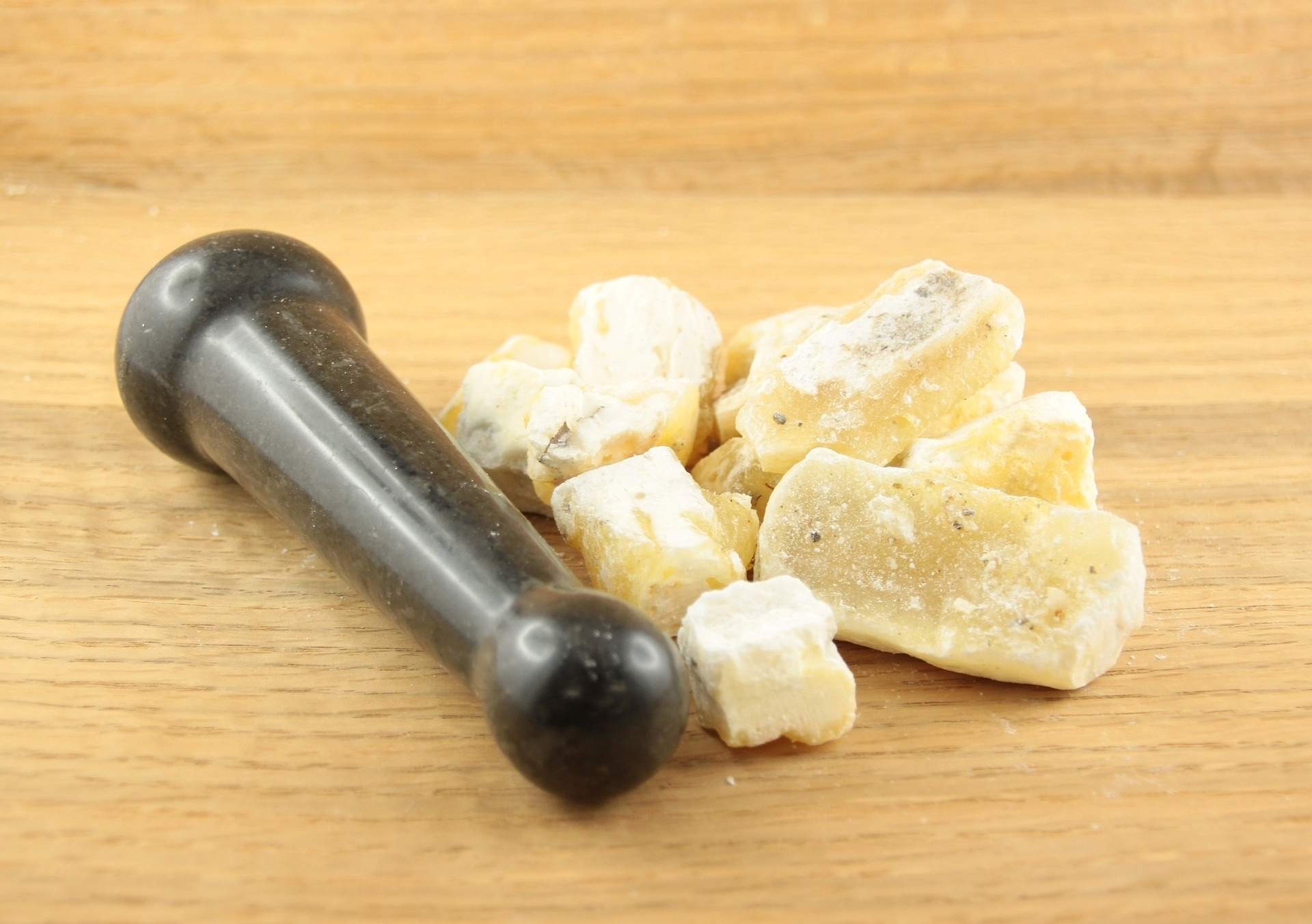
Resins and incense
pikist.comIncense burning
The so-called Raunächte are 12 long winter nights around Christmas when, according to popular belief, the boundaries between this world and the hereafter are particularly liminal. Whether the Raunächte last from the 24th of December to the 5th of January, from the 25th of December to the 6th of January or from St Thomas' Day (21st of December) to New Year's Day – well, this is seen differently from region to region.
In any case, an ancient custom is practised at least once or more often during the Raunächte period: When burning incense on South Tyrolean farms, the censer with resins such as frankincense and herbs such as sage is carried into the house, stable and barn.
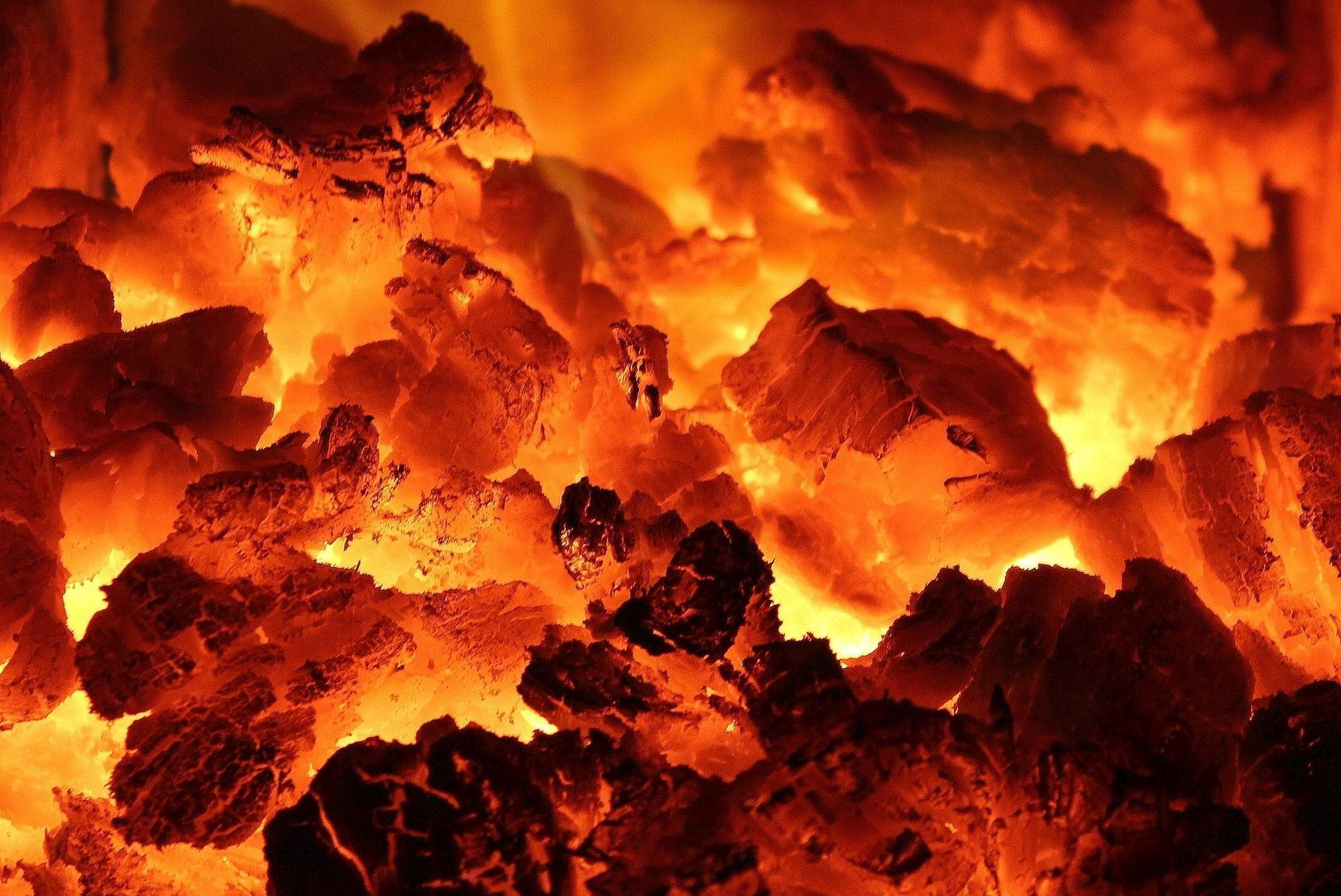
The fire in the brazier
_Alicja_The fragrant smoke is said to cleanse every nook and cranny and, together with the prayers spoken, protect the house, people and animals from harm.
If you are now curious about incense burning, you should have a look at Adelheid Walcher's website: The incense expert offers incense burners, incense blends and accessories as well as interesting facts about incense burning.
You can also find a large selection of incense blends with organic herbs from the farm's own cultivation in the farm shop or in the Kräuterschlössl online shop in Goldrain.
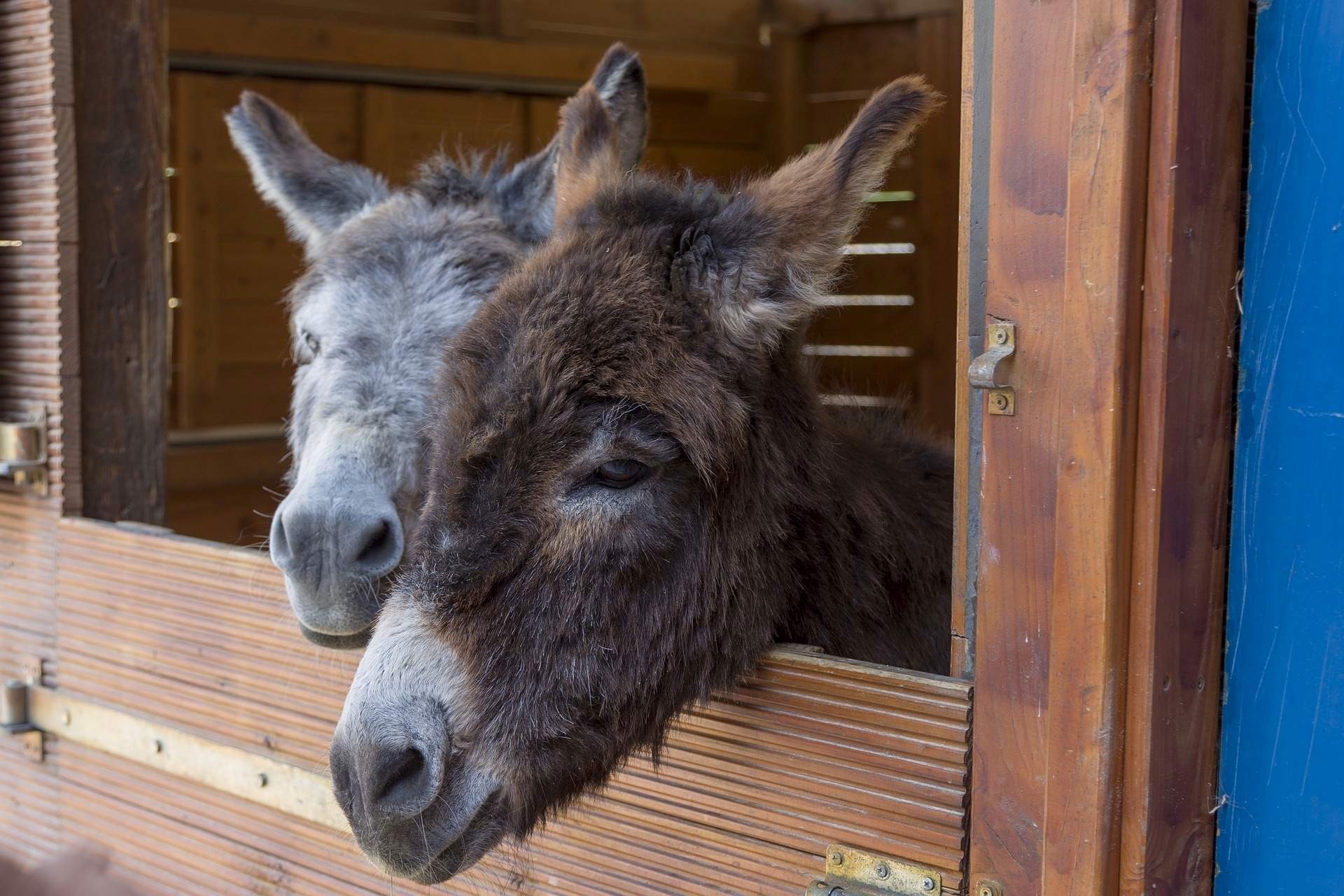
Donkeys in the stable
fidiexWitching hour
In our childhood, we were fascinated not only by the burning of incense: our grandparents told us that the animals could speak at midnight during the Raunächte. But you weren't allowed to go into the barn to listen to them, because then a disaster would happen. And on some Raunächte, the Wild Hunt is also said to be on the move: a terrifying procession of ghosts. No white laundry was allowed to be hung up on these nights to avoid attracting the Wild Hunt.
Whether Krampus, Perchten & Co also have their origins in the belief in the Wild Hunt or evil winter spirits is disputed. For us, however, the Raunächte used to have a similar magical and spooky charm as Halloween does for our children today. And for adults, these special winter days and nights are an excellent way to bring closure to the old and start something new.
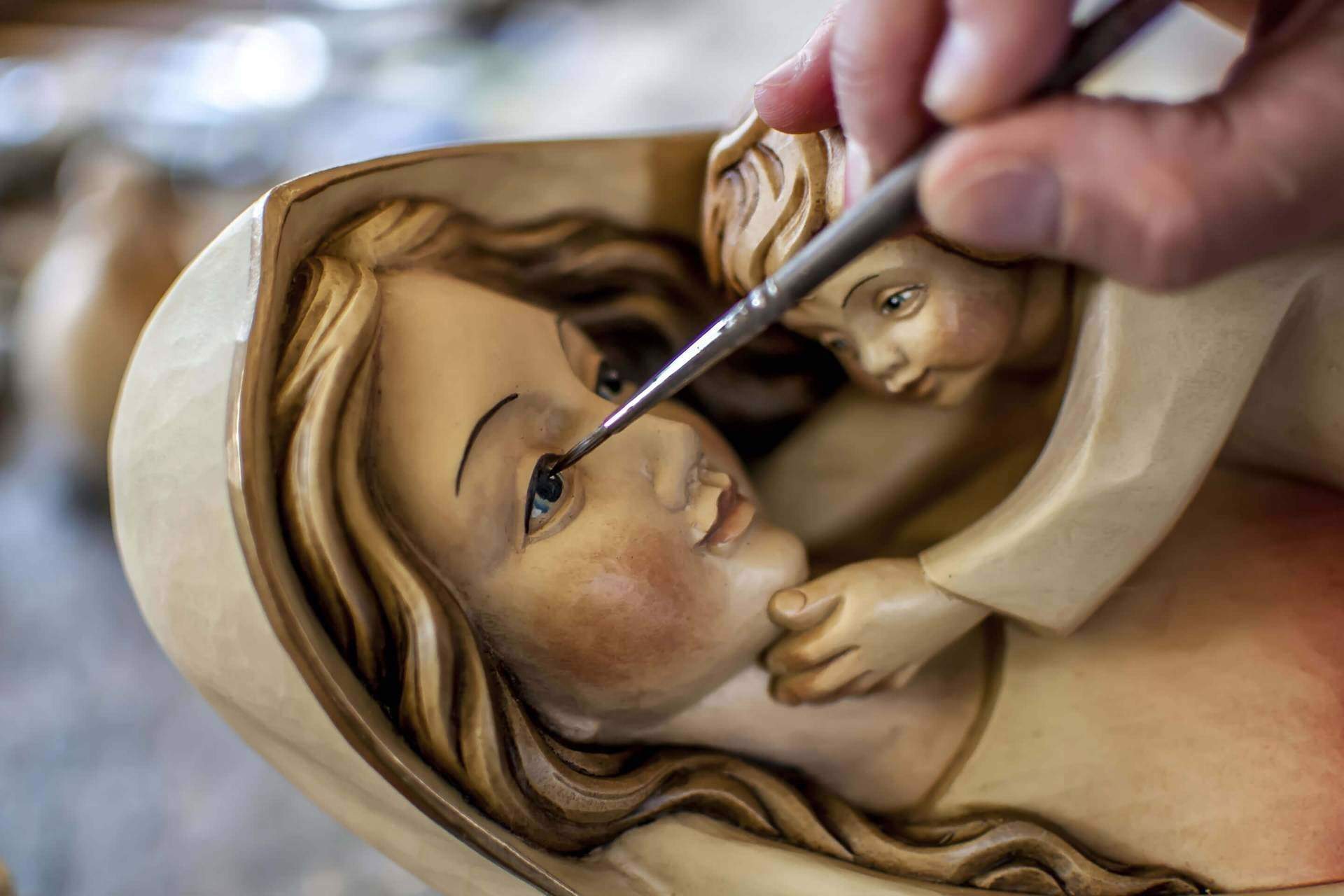
Hand-carved wooden statue of Mary for the nativity scene.
HAPE SculpturesThe child in the crib
The nativity scene has a clear Christian origin. According to the Gospel of Luke, Mary laid the Christ Child in a crib since there was no room in the inn. The depiction of the Son of God in a crib, from which animals usually eat hay, fascinated people even in early Christianity. The first depictions only showed the Christ Child with ox and donkey and, from around 500 AD, also the three holy kings. It was not until the Middle Ages that Mary was added and even later Joseph.
Depending on family tradition and the region, the nativity scene in South Tyrol remains on display for different lengths of time. In some cases, the scene is not set up till the 24th of December, but on the other hand in some families it is built up on the 1st Sunday of Advent – but the baby Jesus is not placed in the crib until Christmas Eve. The crib is usually taken down again on the evening of 6th January, but sometimes it remains in place until Candlemas on 2nd February.

HAPE Sculptures in Gröden produce traditional figures, cribs, religious motives, gift ideas and designer pieces.
HAPE SculpturesWood carving art from South Tyrol
Especially in the Gröden valley, but also in other valleys such as Pustertal, there are wood carvers who produce traditional and modern nativity scenes. And there is even a nativity scene museum in Luttach in Ahrntal. We think it's particularly great to start with a small nativity scene, which can be expanded with new figures every year. You can also select and order South Tyrolean nativity scenes and nativity figures from the comfort of your own home via various online shops. And for those who have the opportunity: A pre-Christmas family walk, during which moss and fir branches are collected together to embellish the nativity scene, is fun for young and old alike.
